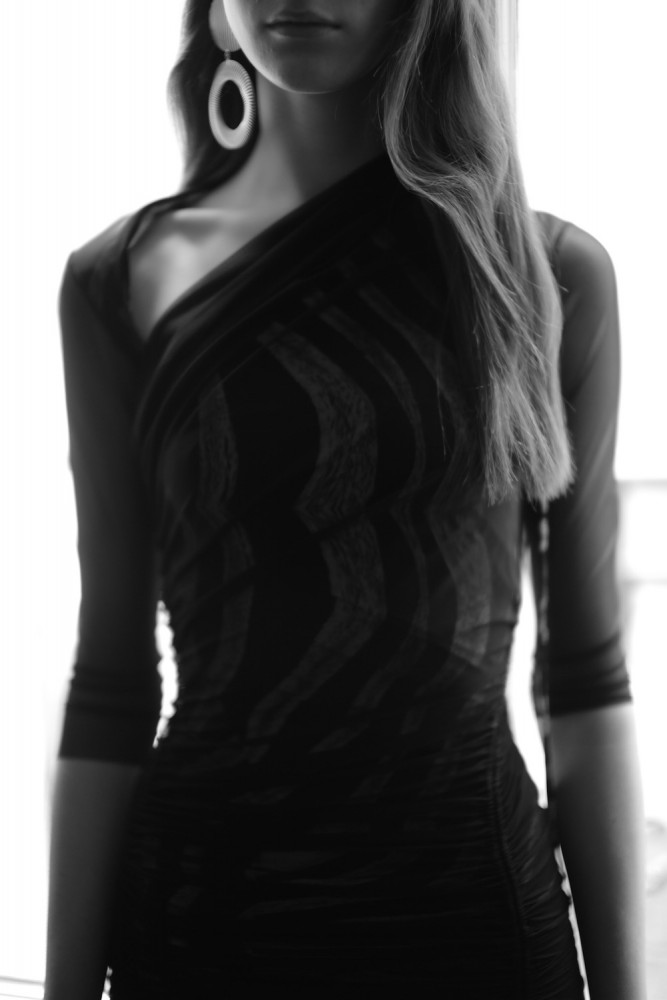
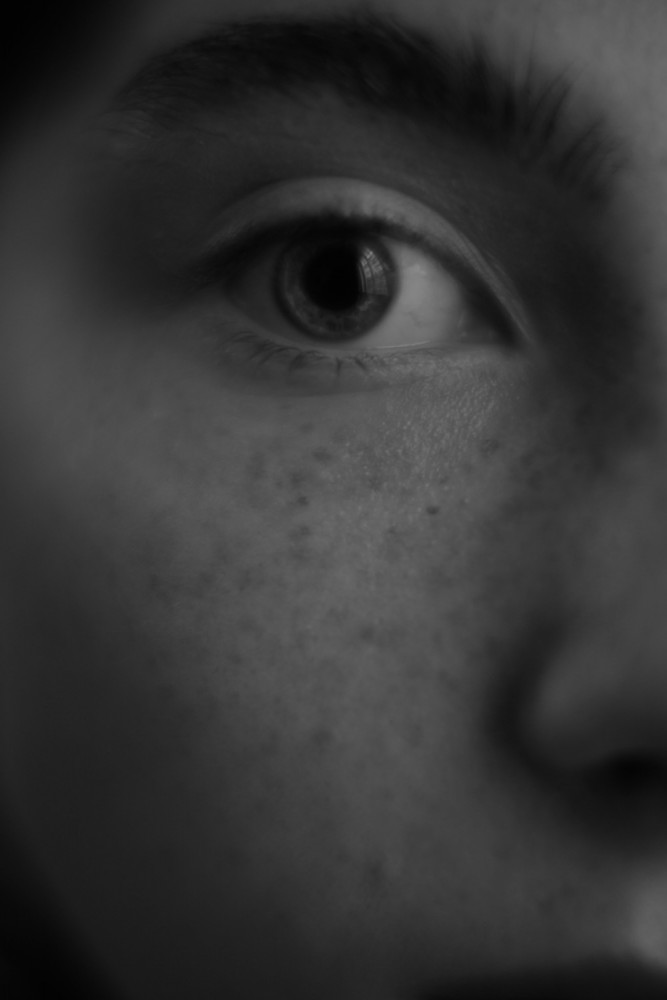

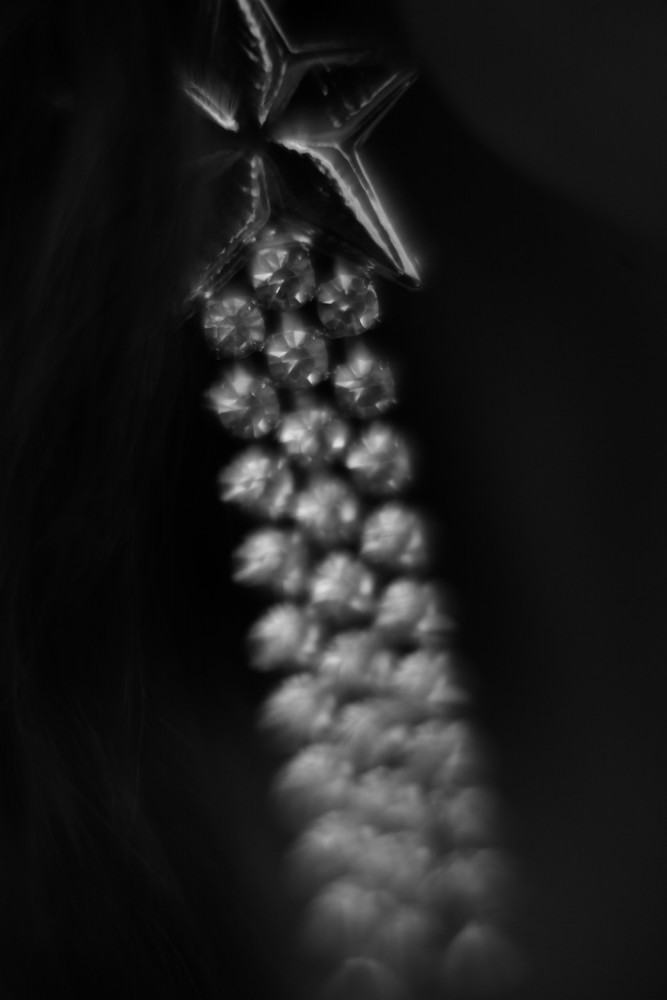
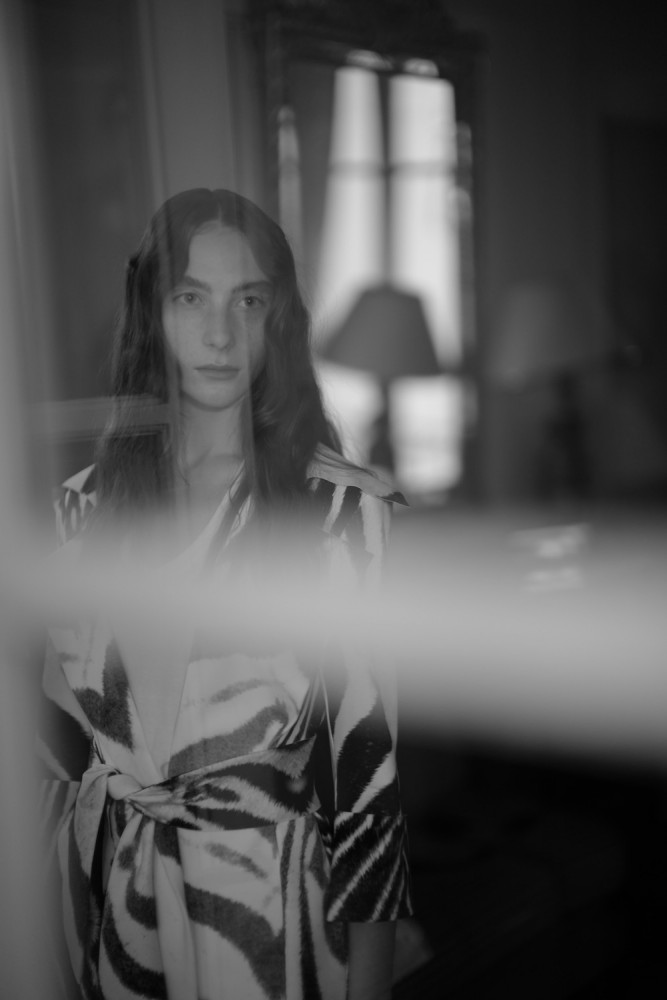
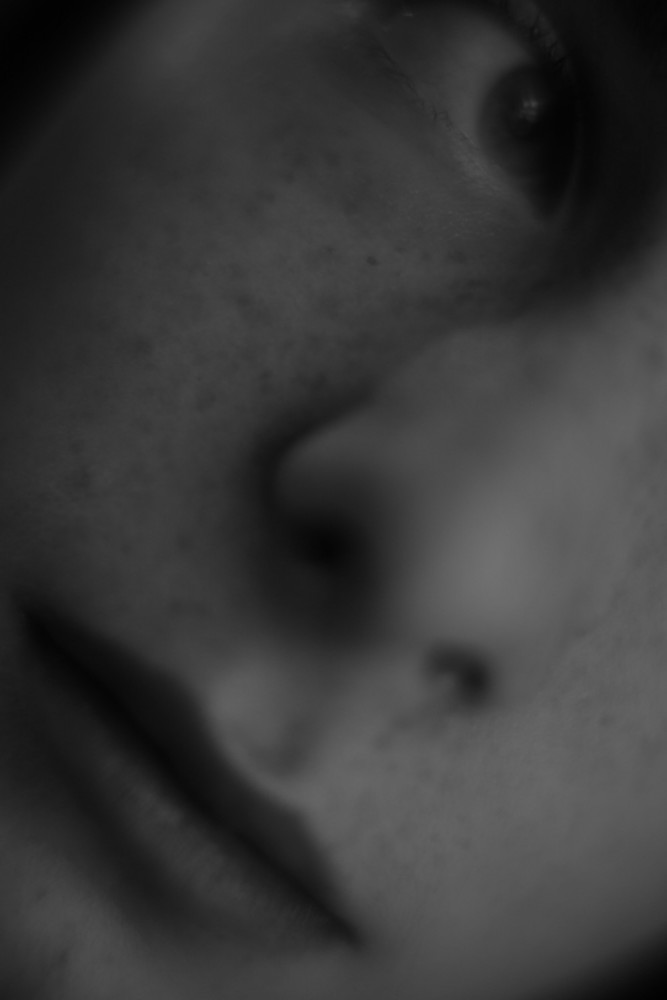
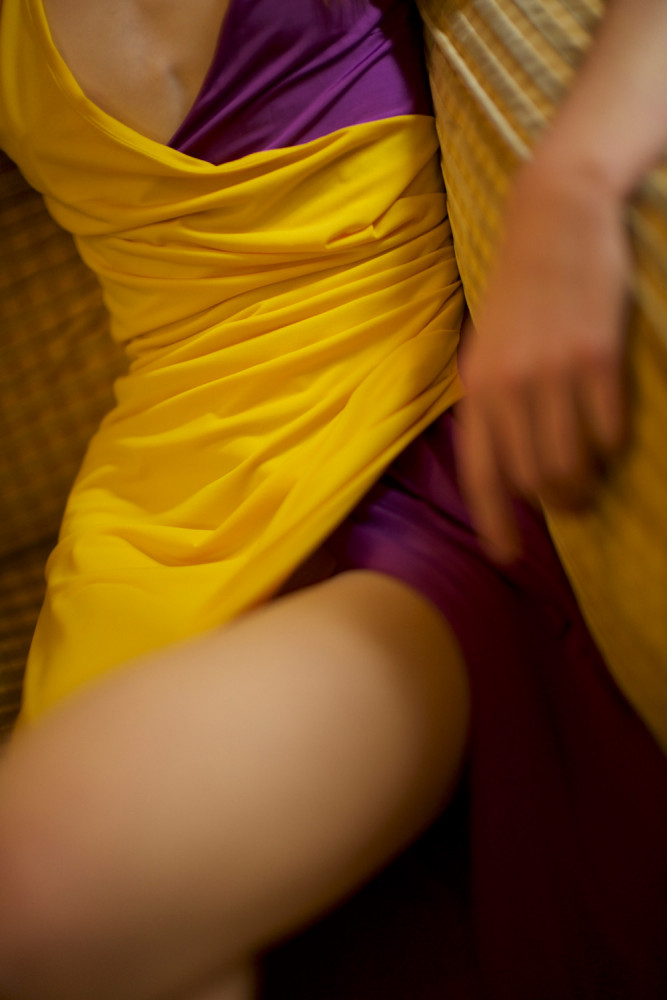
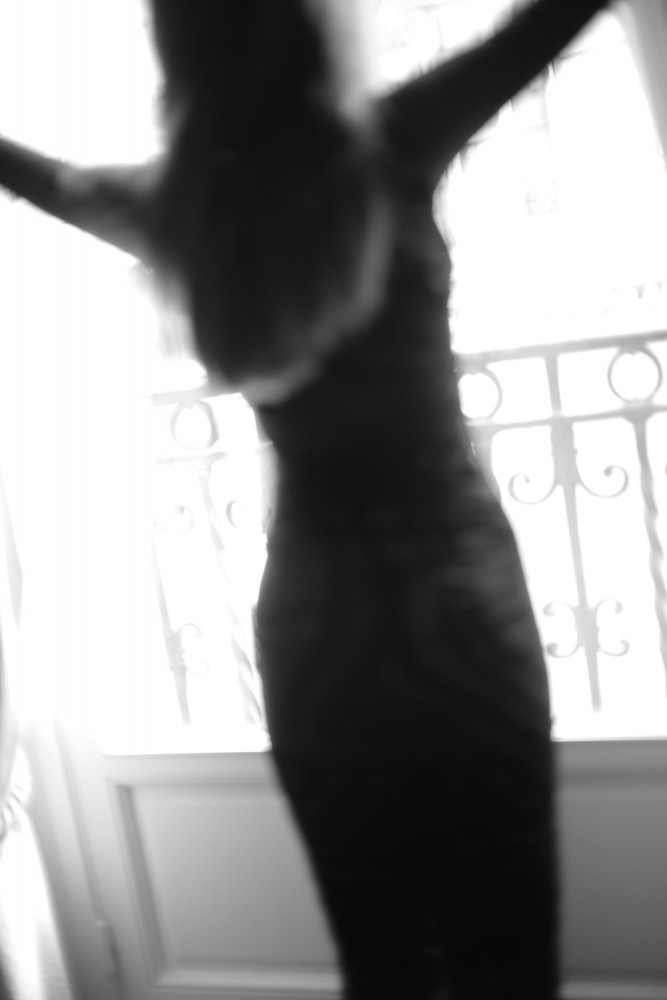
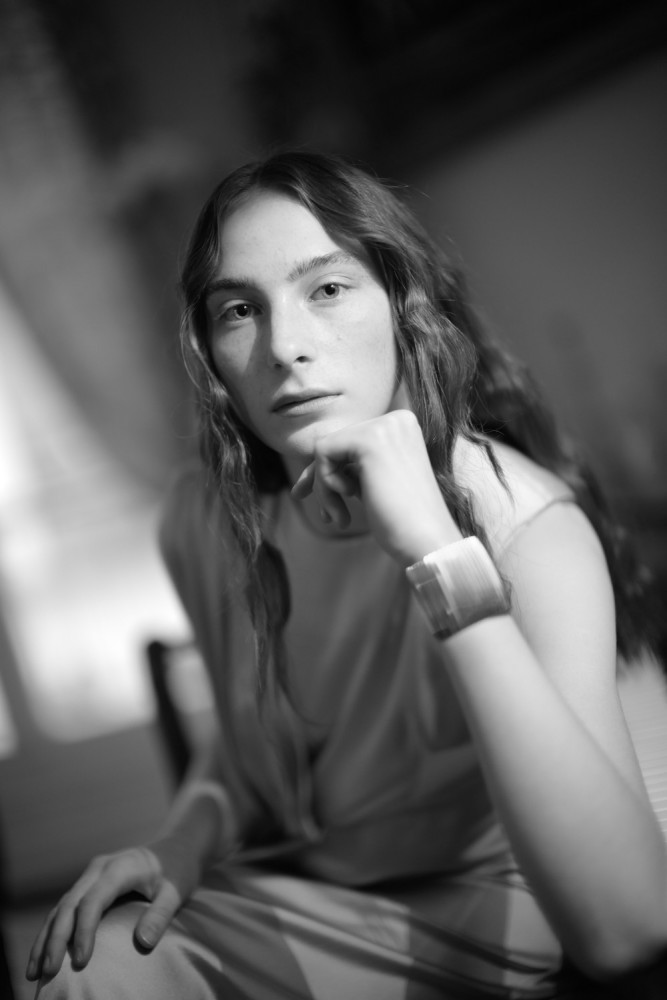
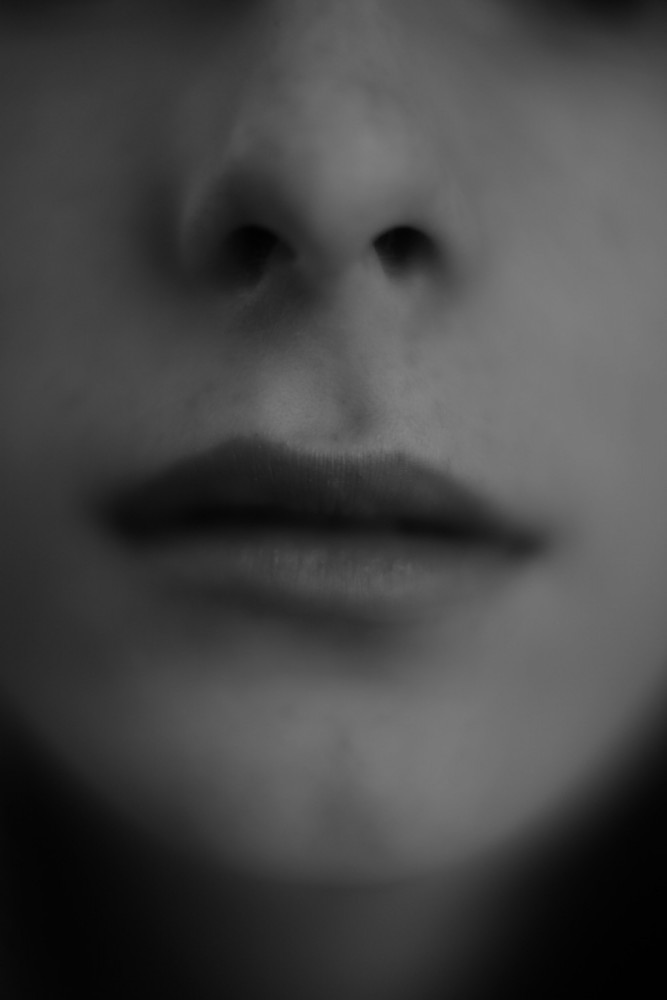
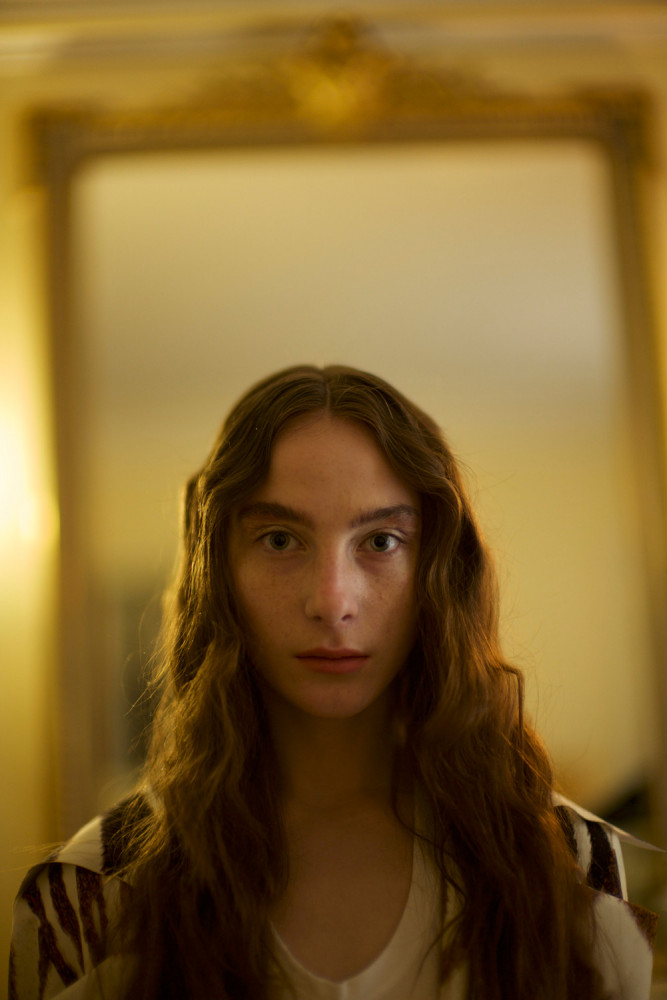
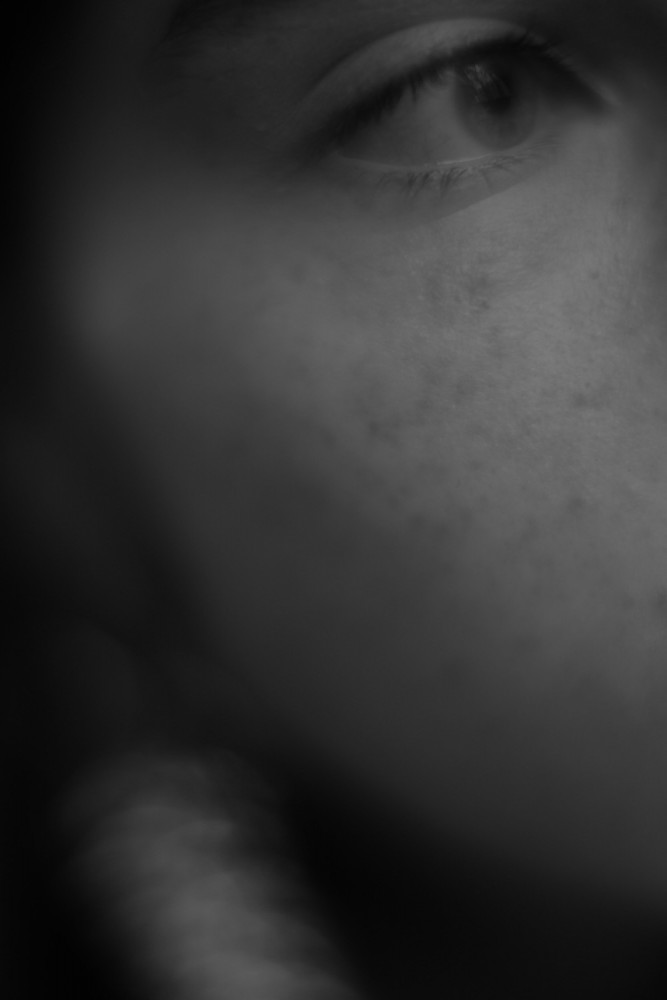
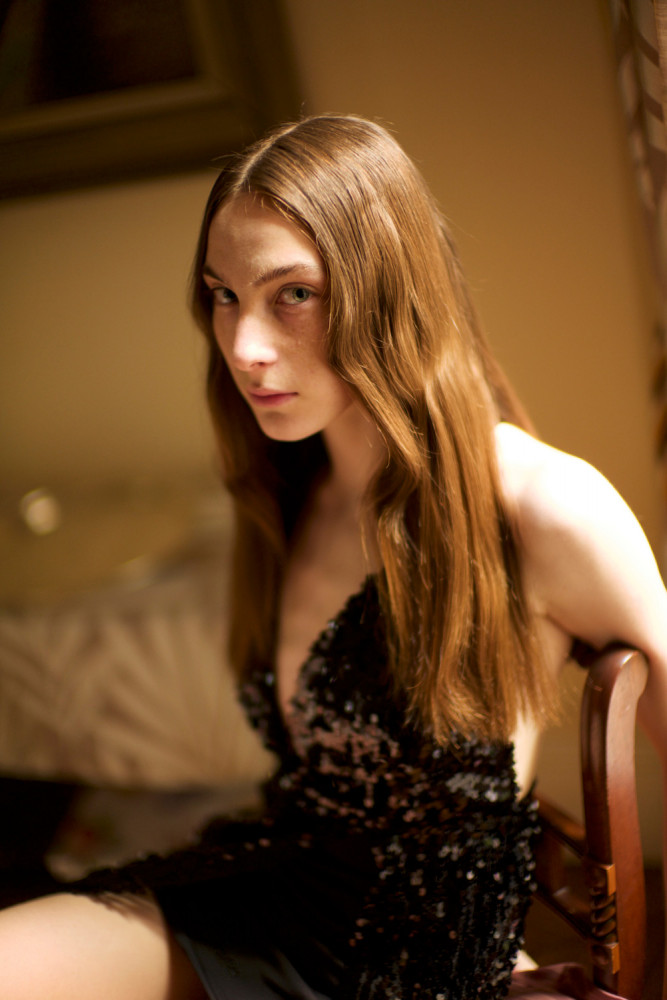















INTERVIEW
Mark de Paola
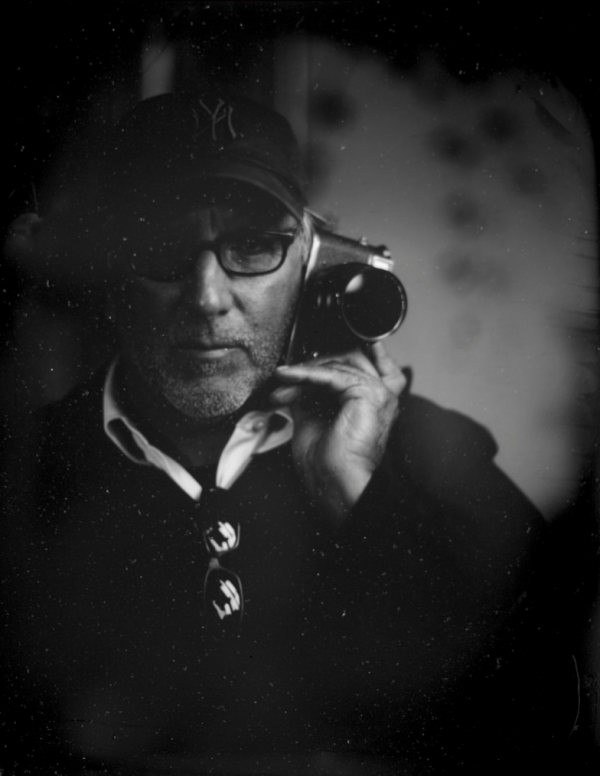
Photographer Mark de Paola @depaolapictures Stylist and Art Direction Alessia Caliendo @alessiacaliendo Model Dora Hollosi @ Marilyn Agency Paris @hollosi.dora Lead Makeup Artist Kathy Le Sant @ Call My Agent @lesantkathy @callmyagent.fr Lead Hairstylist Anita Bujoli @ Backstage Agency Paris @anitabujoli @backstageagencyparis Producer Sage Backstrom Camera SL2 and MP240 with Leitz Cine Wetzlar M 0.8 Noctilux-M 50 f/0.95 and Leica S007 with Summicron-S 100 f/2 ASPH
Mark de Paola is a man of many passions: in addition to his love for photography, he is a connoisseur of all things made with integrity and excellence – from high-end cars and motorbikes to watches, fountain pens and architectural feats. As a director and photographer, he is a master at embedding his subjects into a specific narrative. Most recently, he found himself looking inwards at a Paris apartment during the Covid-19 pandemic.
Here he talks about his sources of inspiration, how film and photography are intertwined within his work, and how his visual parable about isolation and an abstract, fatal enemy came to fruition.
You are not only a photographer, but also a director – the perfect premise for visual narration. What can you tell us about this series?
This is a story about isolation and a mysterious, invisible and potentially lethal enemy. I was devastated when I first heard the news of the coronavirus taking hold in China, because this is a country where I do a lot of work and have many dear friends. I had New York Fashion Week starting the second week of February (2020). Then we left for Europe, with plans to travel to London, Milan and Paris, in that order. While we were in Italy, we got word that it was best to leave the country as the virus had been identified in a small region in Northern Italy, not too far from Milan. The entire city was going to be shut down in order to stop the spread of the virus. So we took a midnight train from Milan to Paris in the hope of being able to continue working. The images you see here are part of the work we shot in Paris.
It looks as though you set up a studio in a private living space?
Yes, we had this wonderful Parisian apartment, which forms the backdrop of these images. We were keen to carry on working, but I felt a definite sense of confinement, isolation, and being on guard against the spread of the virus. I mentioned this to my team, and we ended up using a lot of glass elements in order to convey this concept of separation between the inside and outside world. I put Dora, our model, in the setting and told her a little bit about the story, but then left her to her own devices. Despite being a young model, Dora was quite successful in finding her own expression.
How important is your choice of model for your work, and what qualities are you looking for?
Choosing the right model is of paramount importance. I look for people who have soul and are willing to express their inner selves – and who are a good fit for a specific project or assignment. It has to be free flowing. Working in this field is extremely challenging, so I tend to hire people I already know or have worked with before. This way we can all shoulder the pressures and responsibilities of creating beautiful imagery. Alessia Caliendo is very specific about her choice of model, and we are always completely aligned. We chose Dora because she has a very unique and contemporary look, along with an expressiveness beyond her years. She was a joy to work with.
Who or what inspires you? Your images bring to mind artists such as Paolo Roversi, Lillian Bassman or Sarah Moon.
I really admire Roversi’s work. I think we are simpatico in many ways and have been interpreting a common style for a long time. Roversi is a visionary. Sarah Moon’s work is also painterly and very consistent with human vision. The reference to Lillian Bassman is kind of amazing because when I was little, my mother was one of her regular models – they were quite close. Lillian was an experimental artist who always pushed the established way of doing things in order to find her own style of expression – all while bringing movement into her pictures to keep the viewer engaged.
Your images are characterised by a cinematic look and a lot of warmth.
I think a lot of people feel my work is cinematic because I utilise blur in a way that emulates the way we see. I really enjoy slow shutter speeds, because this way I can retain some of the blur that feels so natural to the human eye. It is done very deliberately on my part, in order to better communicate a liveliness, an image that is alive.
Would you say that there is a certain appeal to imperfection?
Yes, I use modern technology and cameras capable of great optical feats as a tool and companion for my own creativity and communication. I want to have a range of possibilities at my disposal – including perfectly sharp focus, as this forms the basis of much of my work. But I also like to explore blur and imperfection, because our natural vision is not perfect either.
Which Leica systems did you choose for this series, and what can you tell us about them?
I worked with my omnipresent M model, the MP240 – which I love for its rendering and video capabilities – coupled with the Noctilux 50mm f/0.95 0.8 Leitz Cine Wetzlar cinema lens. I also used the SL2, combined with the same cine lens, as well as the Leica S 007 with a Summicron-S 100mm f/2.0. Each of these three systems renders differently, and I choose according to what I need in a specific situation. I shoot everything wide open, as the Leica optics I use are optimised for doing so – going as far as using ND filters when shooting outside, in order to maintain maximum aperture.
You seem to work exclusively with natural light?
Yes, it’s natural light all the way for me – I love it, for the simple reason that it is just that: natural. It keeps me in the room. I do not use flash because it takes you out of the room. When you use flash to illuminate a subject, you are no longer capturing reality. I have, in fact, worked very extensively with artificial light in the past, because I’ve directed close to 700 television commercials – virtually all of them involved some sort of artificial lighting. So I’m more than familiar with this mode of working. However, nothing is as emotionally engaging as a natural setting illuminated by natural light.
Are there any new assignments or future projects you can tell us about?
The official announcement is yet to be made, but I have a very exciting motion picture project lined up. After twenty years of making films, I spent the past five years focusing on fine art – now I feel ready to get back into the arena of the motion picture.